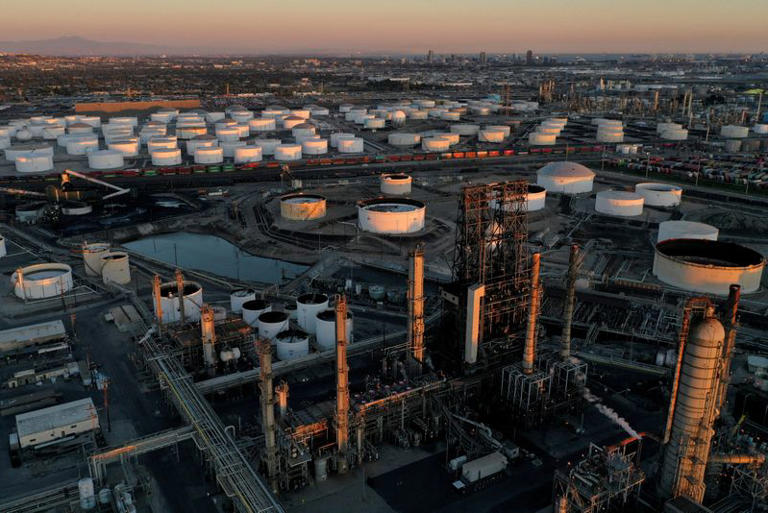Oil prices rebounded on Wednesday following a recent decline, supported by several key factors that injected optimism into the market. Brent crude futures rose 21 cents to $84.87 per barrel by 0055 GMT, recovering from a 1.3% drop in the previous session. Similarly, U.S. West Texas Intermediate (WTI) crude climbed 26 cents to $81.67 a barrel, after a 1.1% decline in the previous session.
The recent downtrend in oil prices, which saw WTI sliding 3% over the past three sessions, had been driven by concerns over global oil demand. These concerns were exacerbated by signs that the Texas energy sector, a major hub for U.S. oil production, had largely escaped significant disruption from Hurricane Beryl, which made landfall on Monday. Despite some initial fears of supply interruptions, the impact on production facilities was limited, contributing to market sentiment that supply fundamentals remained stable.
The turnaround in oil prices on Wednesday was partly spurred by bullish inventory data from the American Petroleum Institute (API). According to reports citing API figures, U.S. crude oil inventories fell by 1.923 million barrels in the week ending July 5. Additionally, gasoline stocks saw a notable drawdown of 2.954 million barrels, indicating robust demand for summer fuels. However, there was an offsetting increase of 2.342 million barrels in distillate supplies, tempering the overall bullish sentiment slightly.
Market reactions to the API report were also influenced by broader economic factors, particularly comments from U.S. Federal Reserve Chair Jerome Powell. Powell’s testimony before Congress suggested a growing inclination towards monetary easing, with the likelihood of an interest rate cut by the Federal Reserve increasing to nearly 70% for September. Lower interest rates are seen as potentially stimulating economic growth and thereby boosting oil demand, which supported prices.
Analysts at ANZ highlighted Powell’s remarks as reinforcing positive economic data trends observed through the second quarter of the year. Powell noted improvements in economic indicators while emphasizing that sustained positive data could bolster confidence in inflation forecasts, which are closely watched by oil market participants for indications of future economic health and energy demand.
Further bolstering oil prices was a supportive outlook from the U.S. Energy Information Administration (EIA). The EIA’s recent report revised its forecast to predict that global oil demand would outpace supply in the coming year, a reversal from previous expectations of a surplus. This revised forecast underscored expectations of a tightening oil market, providing additional support for prices amid ongoing geopolitical uncertainties.
In Texas, energy companies began the process of restarting operations following Hurricane Beryl. While some facilities sustained minor damage and power outages persisted in some areas, overall production ramped up as ports gradually reopened and logistical disruptions were addressed. This swift recovery in Texas further alleviated concerns over sustained supply disruptions and contributed to the market’s positive sentiment.
Looking ahead, market participants awaited the official U.S. oil stocks data from the EIA, scheduled for release later in the day. These data points were expected to provide further insights into inventory levels and market dynamics, influencing future trading sentiment and price movements in the oil markets. As investors continued to monitor economic indicators, geopolitical developments, and supply-demand fundamentals, the resilience of oil prices amid evolving market conditions remained a focal point for traders and analysts alike.
